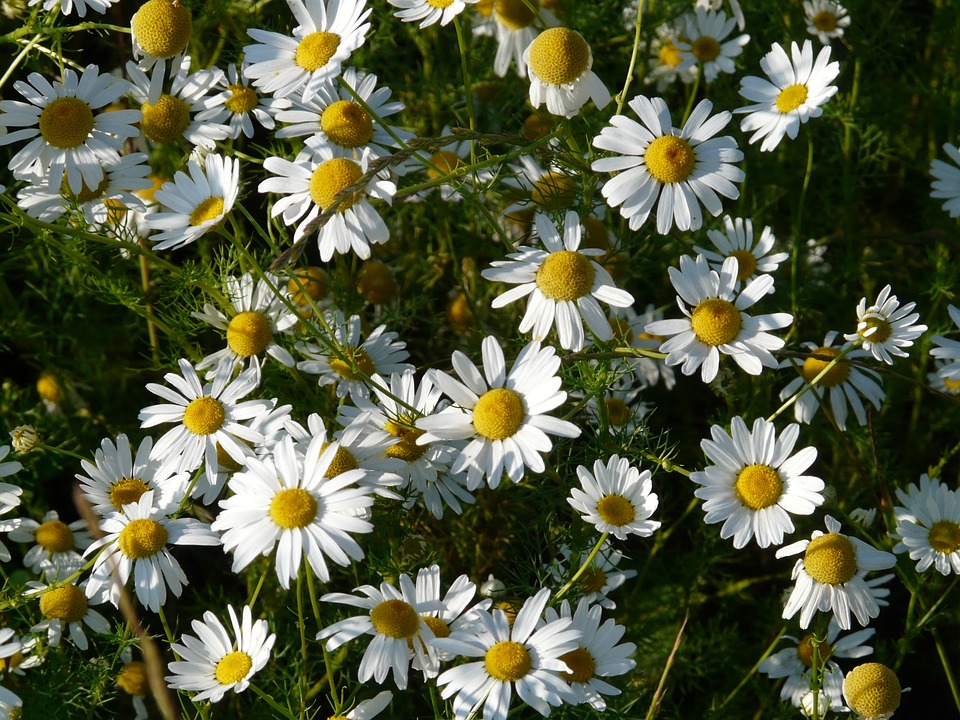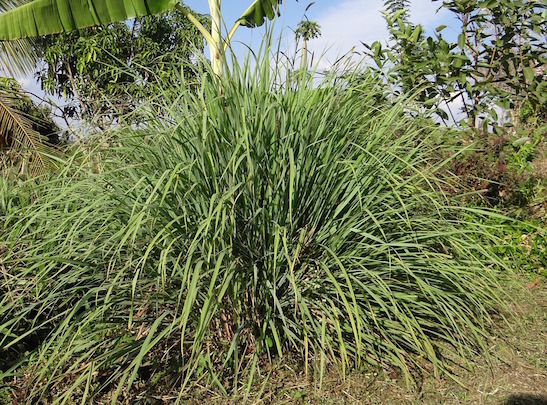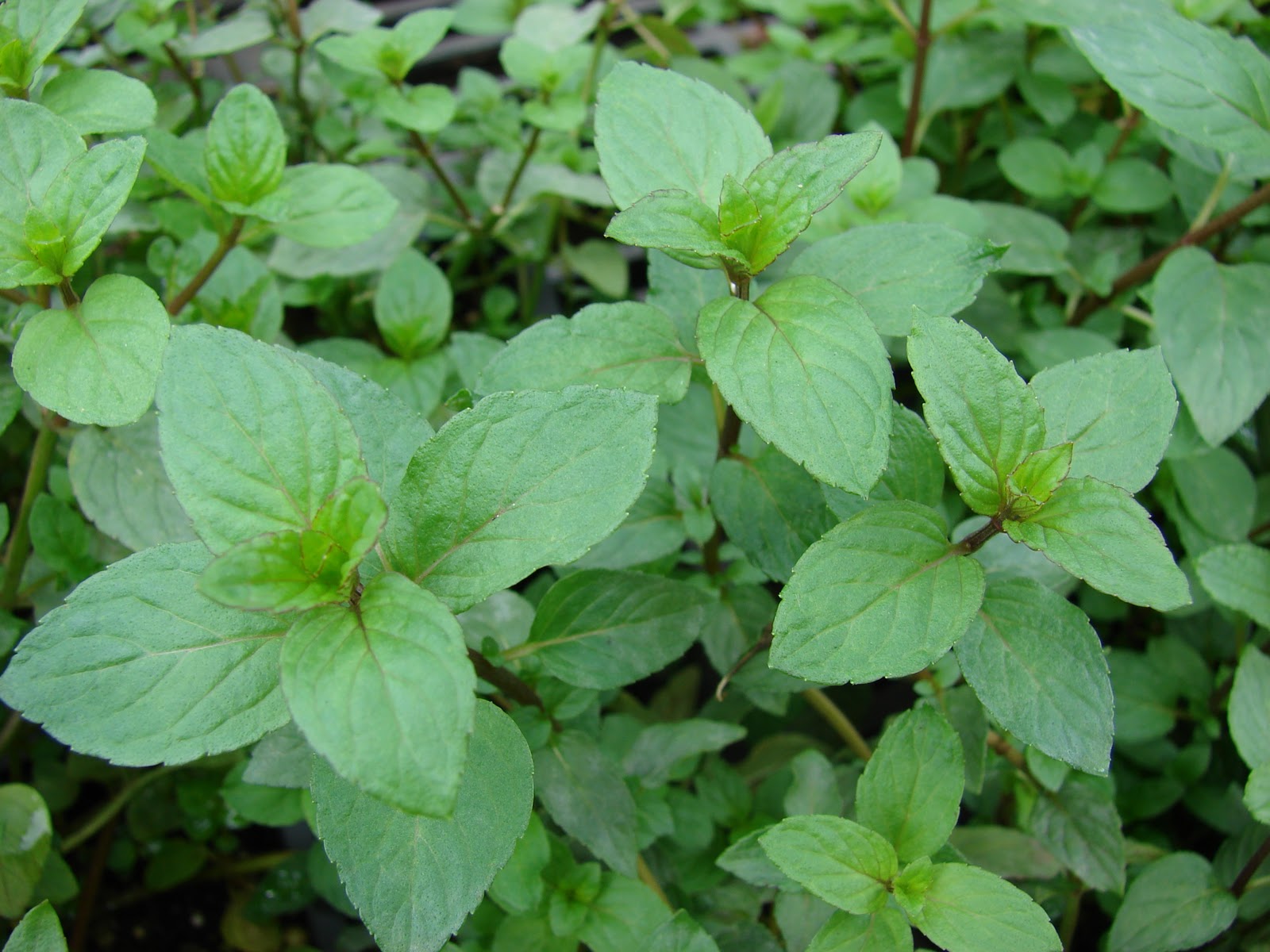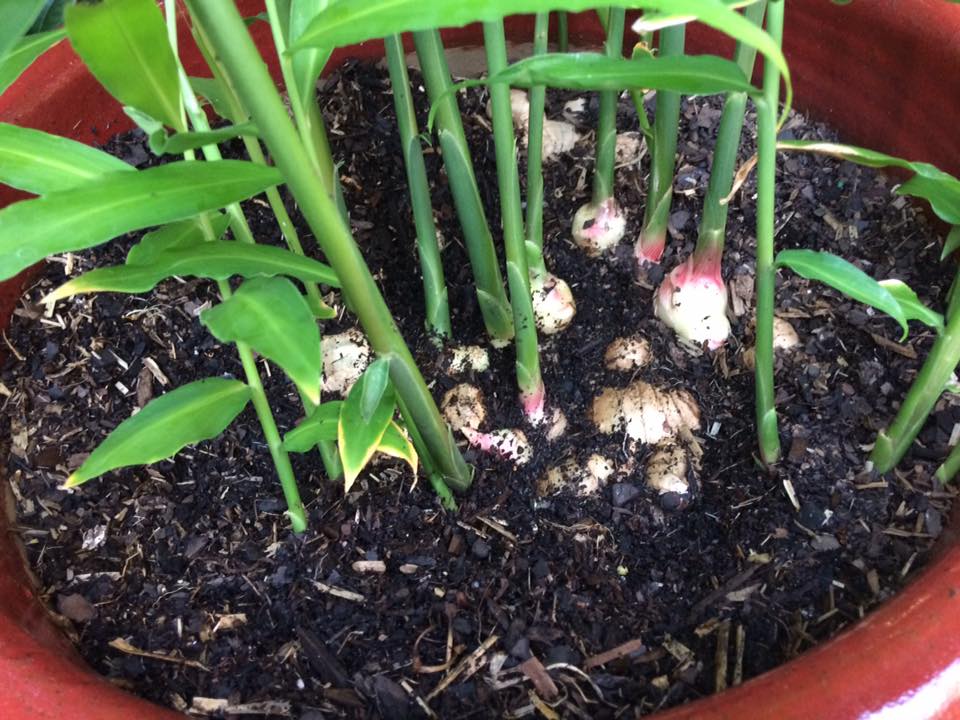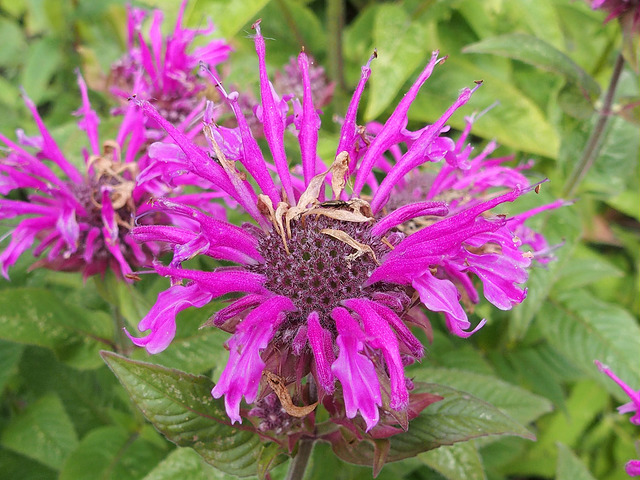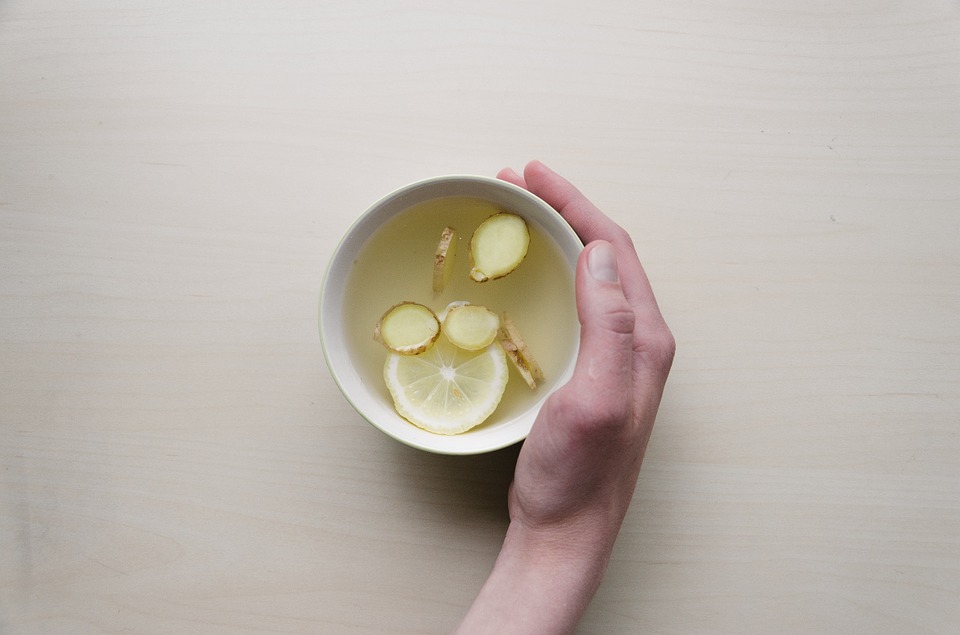
Herbal teas are a great caffeine-free alternative to regular tea and coffee. There is something even more special about drinking a cup made from ingredients harvested fresh from your own garden.
Try growing some of these yourself and once established, grow some to share with friends by taking cuttings and growing plants from seed.
You will have a great time taste-testing your produce and finding your favourite flavour combinations.
Here are six to get you started:
1. German Chamomile Matrucarnia chamomilla
What could be more delightful than having a cup of tea with these pretty flowers in it? Chamomile is known for its calming properties. It makes a wonderful garden plant with abundant white and yellow flowers. Growing around 50 cm high it likes a sunny position and is an annual so you will need to re-plant it each year in Spring (although you will find it will often re-sows itself).
2. Lemongrass Cymbopogon flexuous or citratus
The tastiest of the lemon-flavoured herbs, lemongrass is thought to help you sleep by relaxing your muscles and nerves. It can be grown in a pot if you have a small space and once established it will last for years. Provide soil with good drainage and a position with full-sun to part-shade. Cut one blade of grass for a cup of tea or three blades for a pot. On a warm day try it chilled. Grow some plants for others by gently twisting off a mature bulb, trimming the leaves and planting it in a pot during Spring.
3. Peppermint Menthe piperita
For a refreshing tea and great digestive aid grow some peppermint. It is so easy to grow that it can rapidly spread and become a pest in your garden. Containing your mint in a glazed or plastic pot is best. Before you rush off to the nursery, ask your friends if they have some you can take a cutting from because it is easily propagated. Keep well-watered with some protection from the harsh afternoon sun. Harvest by cutting 5-10 cm stems then removing the leaves.
4. Ginger Zingiber officinale
Your crop of organic home-grown ginger will take around 6 months but it will be well worth the wait. Ginger tea is a great remedy for nausea. Growing some bulbs (rhizomes) from the grocery shop in a pot is ideal but go easy on the water until shoot appear. Place in a semi-shaded position. Your ginger will grow about 1 metre high. Once established you can slice mature sections as needed or pull up the entire plant during the cooler months when the leaves die down.
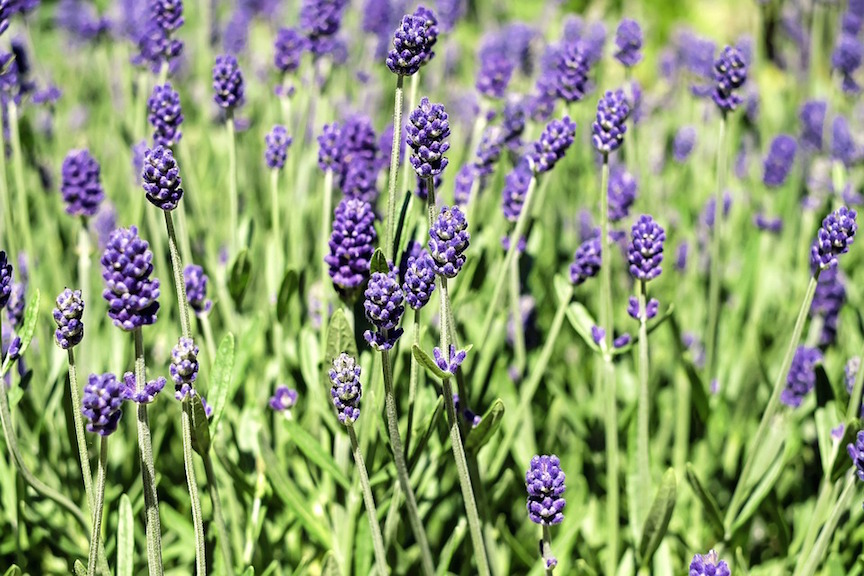
5. Lavender Lavandula angustifolia
Lavender has calming properties and is best mixed with other herbs for tea because of its strong flavour. This variety flowers in Summer. Your lavender will like a sunny position with well-drained soil. Lightly tip-prune to maintain a neat shape. Use 2-4 fresh flower heads or 1 teaspoon of dried flowers in one cup of boiling water. Try growing more plants from long stem cuttings (15 cm), snipping just below the leaf node and stripping two-thirds of the foliage.
6. Bergamot Monarda didyma or Monarda citriodora
Bergamot or bee balm is different to the bergamot orange oil that is used in Earl Grey tea. It is a member of the mint family and has a spicy thyme-like flavour. Thought to soothe colds and sore throats, it is a hardy perennial growing 120 cm in height. It can be grown from cuttings and requires full-sun. You can use the flowers and leaves to make your tea.
Steeping
For fresh ingredients, use approximately 2 teaspoons per cup. For dried ingredients use 1 teaspoon per cup. Pour in boiling water and steep (covered) for at least 5 minutes. Drink hot or chilled.
Add some lemon if you choose or some honey or stevia leaves if it’s sweetness you crave.
Storing
You might want to store some tea for later use. Lay the fresh ingredients on some paper out of direct sunlight for 2 weeks then chop them up after they have dried. Store in a sealed container in a dark and cool place.
If you have caught the herbal-tea-growing-bug, here are some other plants you might want to try:
- lemon myrtle
- cinnamon myrtle
- greek mountain tea plant
- rosella
- hyssop
- thyme
- lemon verbena
- dandelion
- nettle
- rose-hip
- rosemary
- fennel
- sage
- raspberry
- calendula
You could even get yourself your own true tea plant, a Camellia sinensis!
A word of caution: ensure you check with your doctor first if you are pregnant, breastfeeding or are being treated for a medical condition.

